From 1st – 15th November this year the Fifth Fairy Tale Festival for children and adults was held in Sarajevo, the capital of Bosnia and Hercegovina. It brings with it storytelling performances for children and adults, workshops for parents, educators, students and professors and all of those who want to find out more about storytelling. Therefore, there were Art of Storytelling workshops, the Mother Goose Programme and puppet shows as well as storytelling evenings and workshops.

The festival was opened by a story by Jasna Held from Dubrovnik, who besides her ‘Fairy Tales of Old Dubrovnik’ performance also held a workshop called ‘The Art of Storytelling’ which featured the themes of folk tradition, the atmosphere of fairy tales, the art of storytelling and the art of listening, the importance of fairy tales in education and growing up and the symbolism of fairy tales. The Bajka (Fairytale) association from Sarajevo is a group of enthusiasts who promote oral folklore through the living word, workshops, handicrafts, games, and even the making of animated film. As part of the Teatar storytelling project, the Bajka association has produced an animated film using the stop-motion technique. In this way, the folk tale ‘Zlatna jabuka’ (‘The Golden Apple’) has been transferred onto the digital screen. All of these are the contents and activities which are a significant base of informal education and upbringing, as well as the promotion of tolerance, health, love, good relationships, support and valuable role models etc.
I arrived in Sarajevo on 6th November in the evening and was greeted by Maja and Željka. After introductions and a warm cup of tea, we headed towards the Centre for Culture and Young of the Centre Sarajevo Municipality, the place where the Storytelling Club at the Fifth Fairy Tale Festival of Sarajevo storytelling evenings were held. Storytellers Marina Đorđević from Bosnia and Herzegovina, Lynda Howes and Sarah Abu-Sharar from Canada, myself, and Tatjana Šojić, the famous actress as well as a storyteller also from Bosnia and Herzegovina all told our stories. Each in our own special way we told one fairy tale.
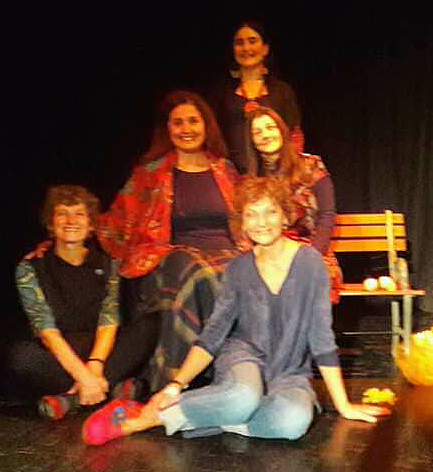
Our kind hosts then treated us to dinner in a Moroccan restaurant. Along with delicious food, aromatic teas in a delightful atmosphere we exchanged our experiences about storytelling and we had an interesting and lovely time. Our hosts gave each of us gifts, and I received a beautiful book ‘Zlatne bosanske bajke’ (‘Golden Bosnian Fairy Tales’) for young and old, as a memento of my visit and as material and incentive for my further work.
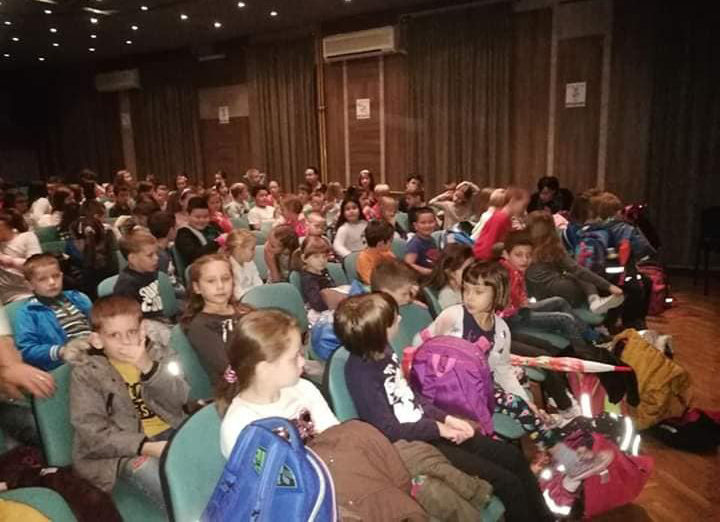
The following morning in the packed Grand Hall of the Centre for Culture and Young, I narrated to about 120 pupils from Sarajevo’s primary school. I introduced them to Reygoch by Ivana Brlić-Mažuranić, and from their reactions and my storyteller feeling I think it was a big hit!
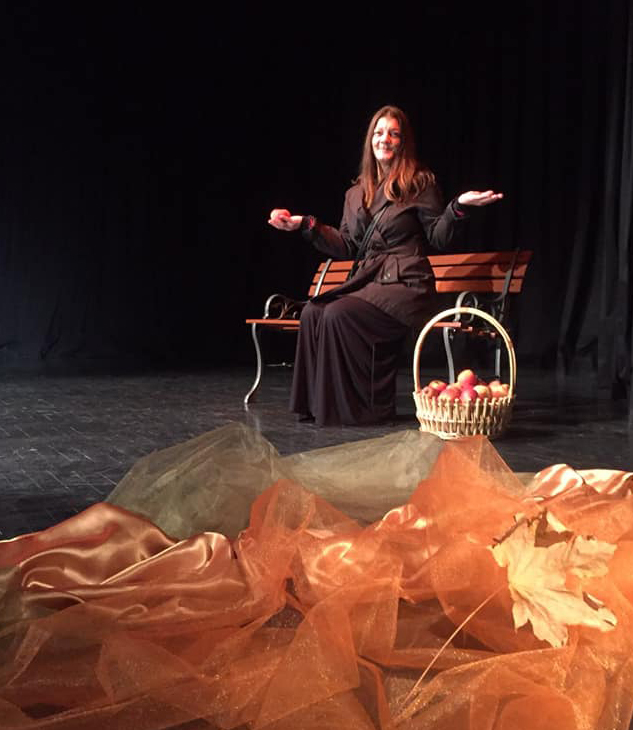
The following day, in two slots, I narrated the folk tales of the Brothers Grimm, Perrault and others, also in front of a full hall of pupils, whilst in the evening time for parents and children. It was an exceptional experience which I will remember forever because of the warmth of the hosts and all the available organisational efforts which made me feel at home.
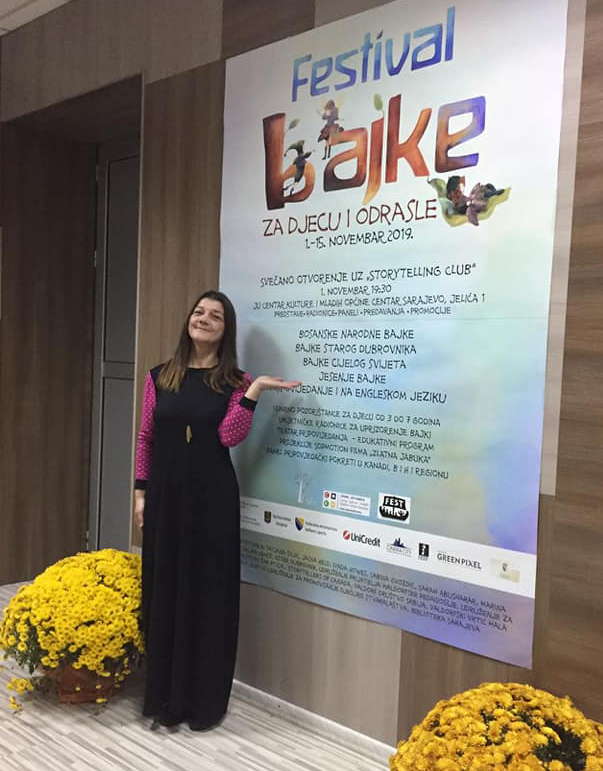
Of course during the breaks between performances I took a walk around Sarajevo.
The streets of Sarajevo are filled with the aroma of coffee, tea and food from the west and the east. These streets exude with the colours of Baščaršija, the fabrics, scarves, lamps in every colour as well as handmade coffee pots and jewellery. From it there extends a view of the hills around Sarajevo which are inhabited, since Sarajevo is in a basin, and the rooftops on the surrounding hills seem to invite us in for coffee.
In a short time, I was full of many impressions of the place and the residents. Whatever I needed, wherever I went, I came across kind faces and smiles. I understood the full meaning of the word “raj” (“paradise”).
From the tourist attractions in the very centre of the city, I would single out Tašlihan (“stone inn”), which has become a designated archaeological site with its ruins. Tašlihan was an inn for merchant caravans, most often those from Venice and Dubrovnik. It was built in 1540 but in 1879, it was completely destroyed in a fire. Also nearby is the magnificent Sacred Heart Cathedral, which was erected thanks to Archbishop Josip Stadler and architect Josip Vancaš. It was built in the early Gothic style in 1889. The stained glass windows, altars and naves, frescos, pulpits, turrets with baldachins, inscriptions and the rest of the rich inventory are the works and gifts of the top masters of the day.
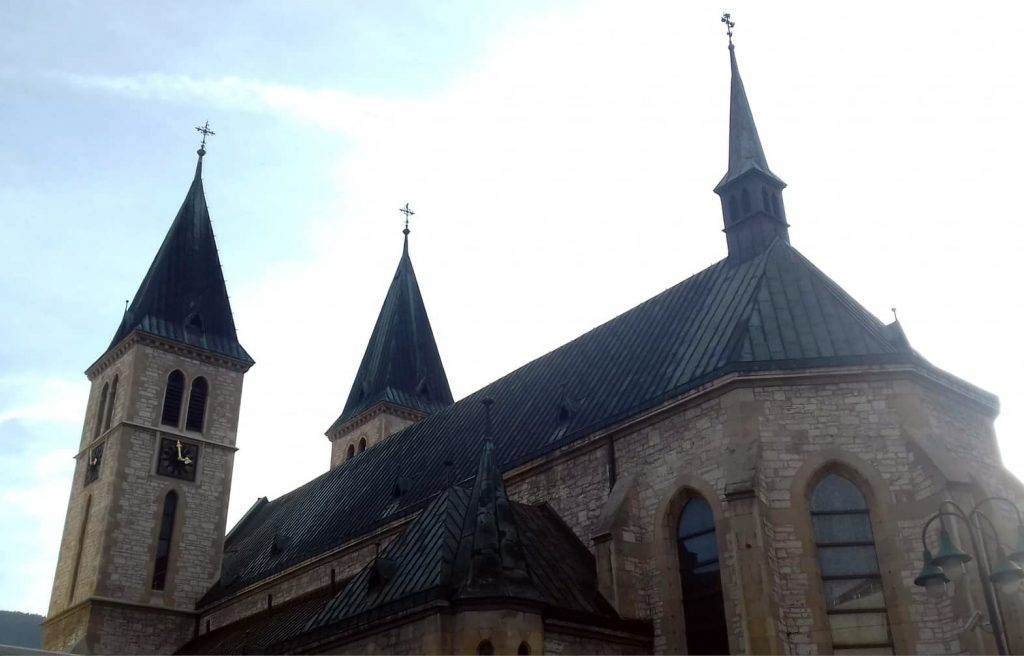
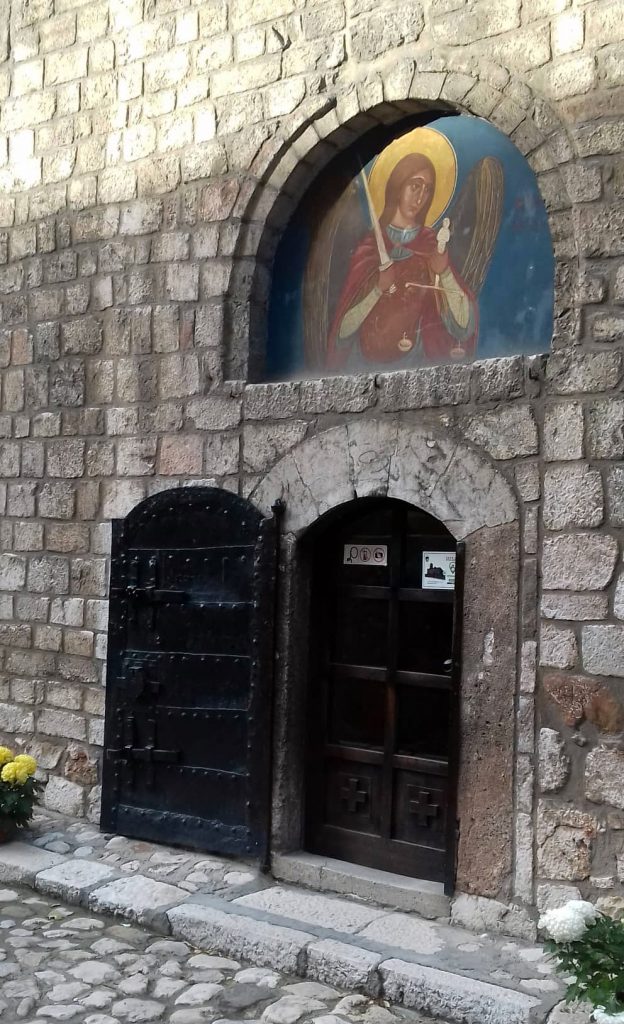
The Gazi Husarev-beg mosque is one of the most beautiful works of Islamic architecture in Bosnia and Herzegovina. Gazi Husrev-beg ordered the building of the mosque, and it was built by the chief architect of the Ottoman Empire.
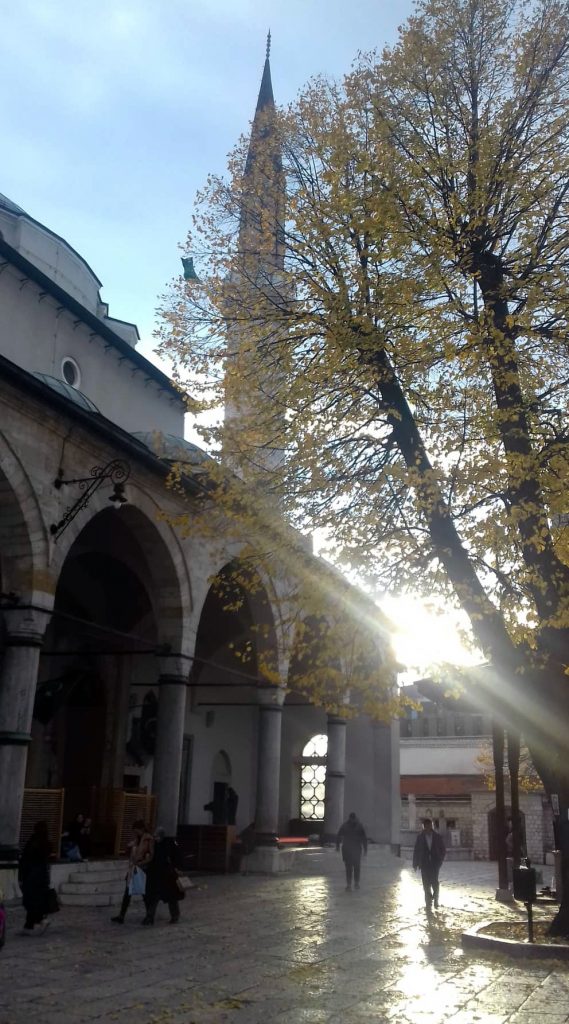

Baščaršija was built in the 15th century when the city was founded. It originates from the words “baš” which in Turkish means “main”, and so Baščaršija means the main “čaršija” (“square”). It developed in the 15th century when Isa beg-Ishaković built numerous shops and an inn (“han”). Craftsmen soon joined up into guilds and there are around 80 types of crafts and many craft workshops and shops. Many crafts still remain to this day, the gastronomic offer of traditional food is rich, as well as the selection of souvenirs, jewellery, textiles mainly scarves, coffee pots and much more.
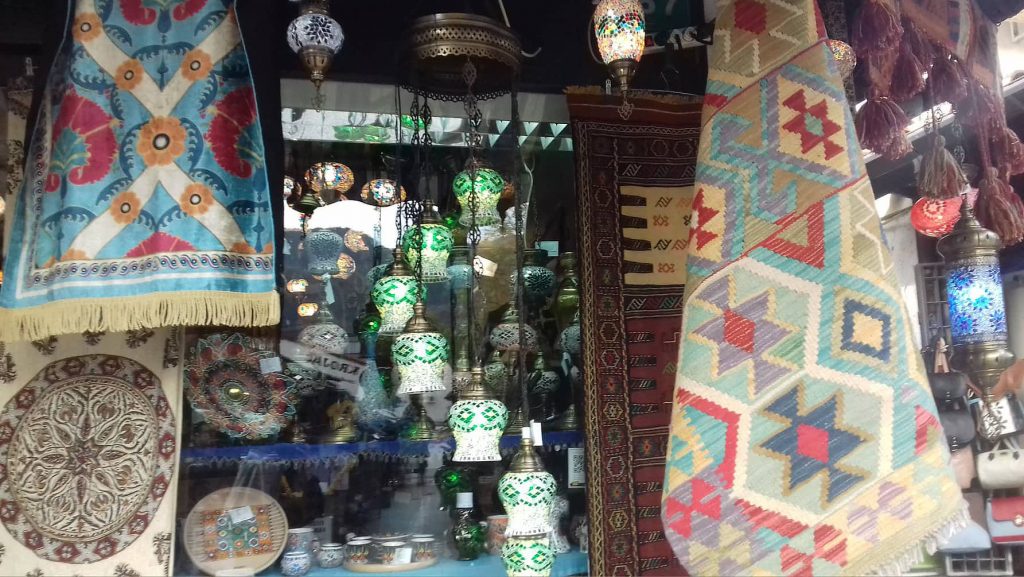
Baščaršija is dominated by the Sebilj, which in Arabic means “way.” This is a fountain of a specific design which is normally found in squares and which offers free water to travellers. The “sebiljdžija” would draw water from the trough and offer it to travellers. Their construction began in the Balkans with the arrival of the Turks. Drinking fountains are the most recognisable symbol of the city of Sarajevo, and many stories and legends surround them. A wooden fountain designed in the Ottoman style is also the most famous motif of Sarajevo. This part of Sarajevo is also called “pigeon square.” The pictures below explains why.
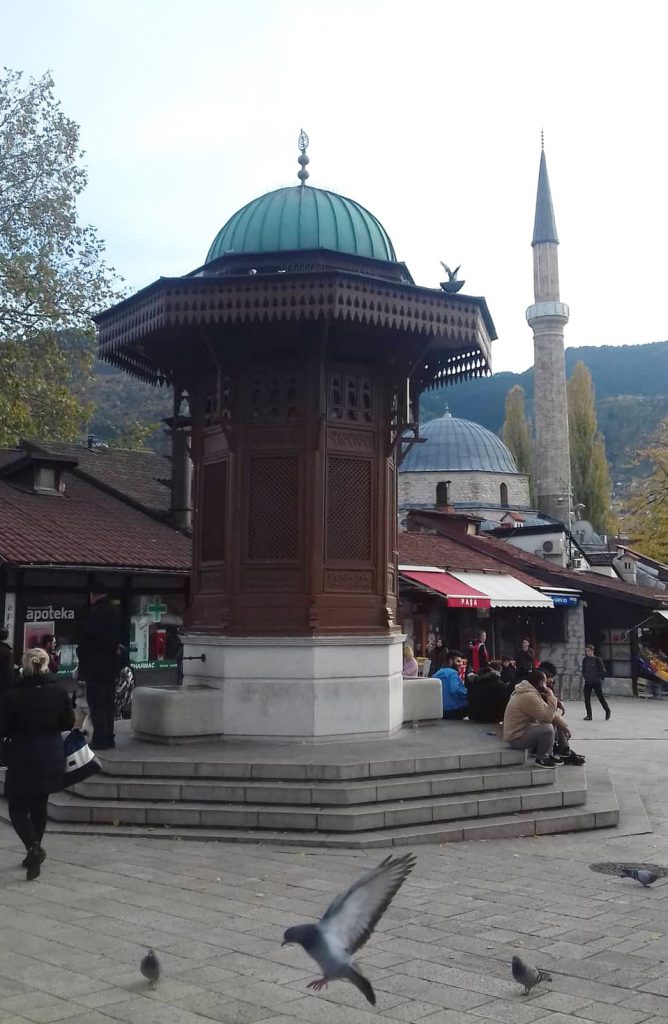

Apart from this one, there are many other fountains in Sarajevo.
Walking through the city centre, I came to the Museum of Sarajevo 1878-1918, which tells the story of Sarajevo during the time of Austro-Hungarian rule. Right in front of the museum, just in front of the Latin bridge over the River Miljacka, was where Archduke Franz Ferdinand and his wife Sophia were assassinated, and this event directly changed the history of the entire world.
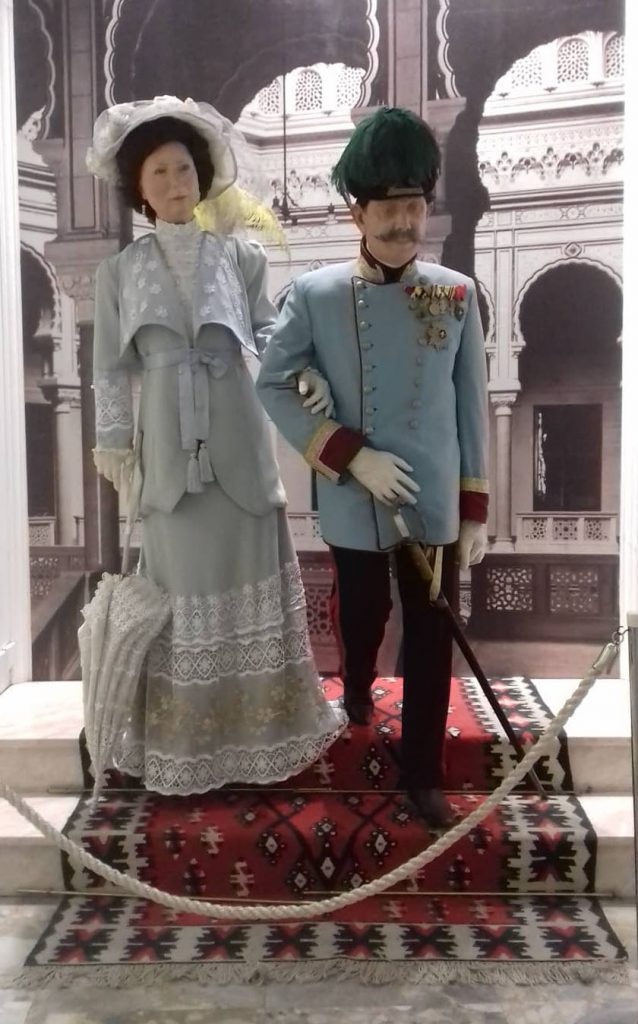
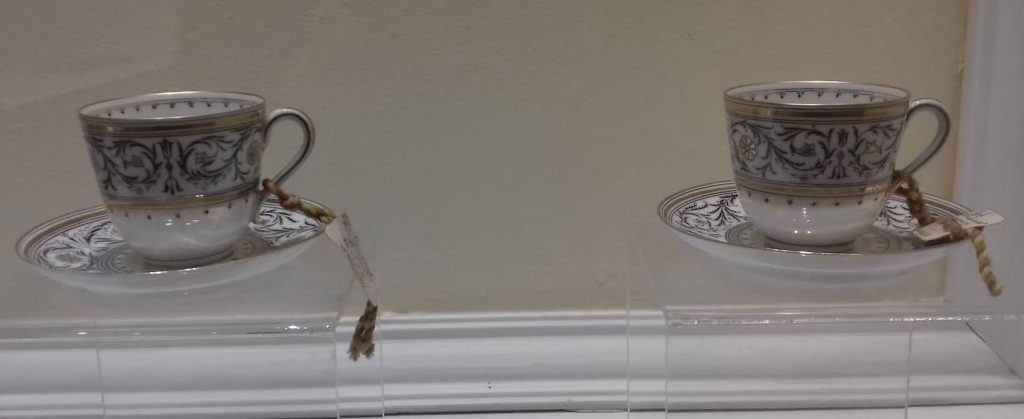
In the museum there are photographs taken just before the assassination, the cups from which Franz Ferdinand and his wife Sophia drank during their stay here, the weapons which killed them, the news reports afterwards, the indictments, information about the planning, photographs and the clothes of the assassin Gavrilo Princip, plus many other exhibits.
On the building of the museum itself there is a plaque which points out the location of the event.
Over the Latin bridge I found myself at the Music Pavilion, built in 1911. It is located in the nearby the barracks, military brass band music was played there during public holidays.
In the centre of the city there is also an old Orthodox Christian church which is peculiar because it is wider than it is long. It is surrounded by a wonderful three-sided veranda in front of which is a rich garden with various flowers. There are many different theories about its construction. It gained its current look in 1730, although it was built centuries earlier. The interior is decorated with the iconostasis of the master Radul from 1674. This church is also a museum opened in 1890, and in its holdings is a collection of icons and old paintings, metal items, liturgical fabrics and embroidery, old manuscripts and books, old documents plus numismatic and ethnological collections.
Walking through the city my eyes came across some graffiti that said “just don’t shoot.” With or without any experience of war in your life, when you read this kind of graffiti on the streets of this city it becomes clear how much its inhabitants suffered during the siege of their city and how much they are grateful for – peace.
Everything that I mentioned above isn’t even 10% of what this city and the people here offer, but I have left something for my next visits which, I know, will happen.
Sarajevo touched me. Sarajevo, and in it Željka, Maja, Tatjana, Sarah, Lynda, Aleksandra, Marina, Branka, Ana and Jelena! The Fifth Fairy Tale Festival for children and adults in Sarajevo is ongoing. The closing of the festival is in the Storytelling Club with Tatjana Šojić on 15th November at 7.30pm. And so another successful festival year will be celebrated.
See you next year!
Translated by Martin Mayhew